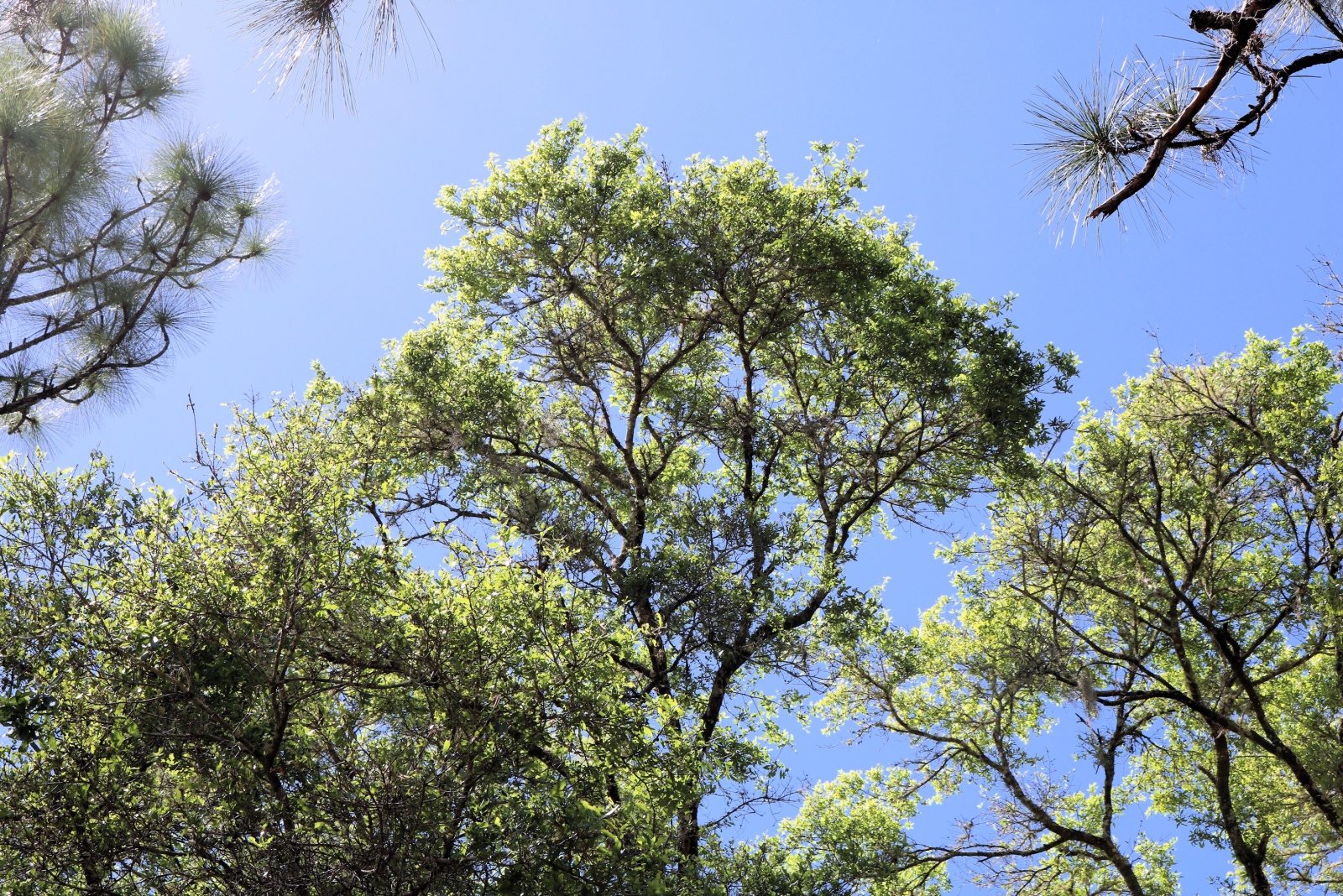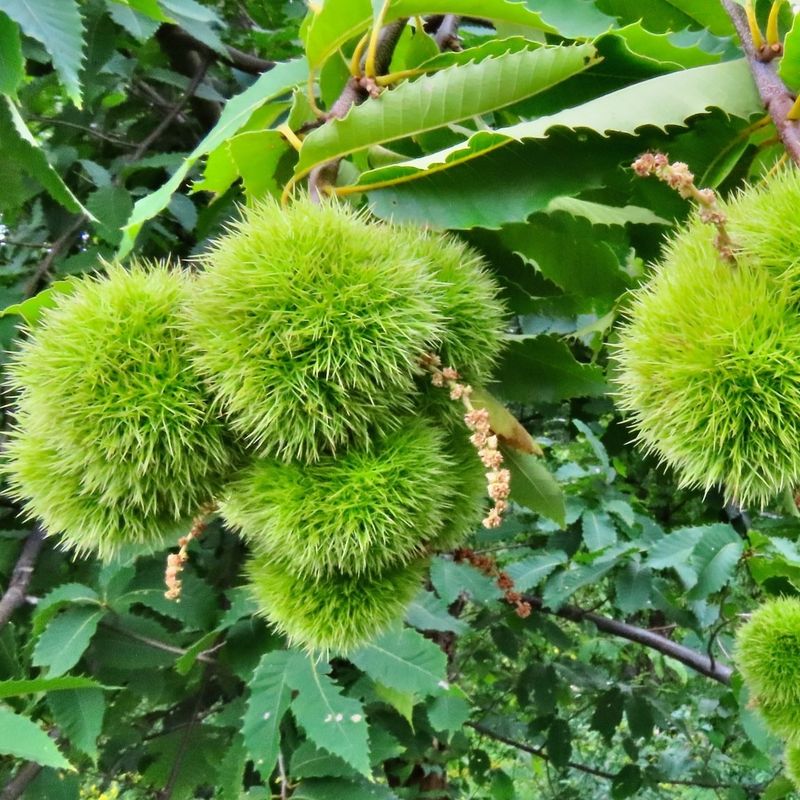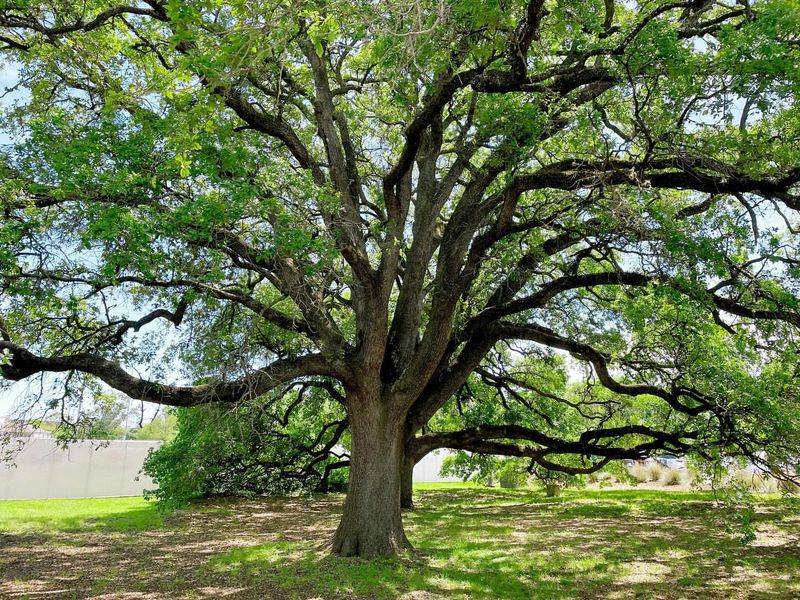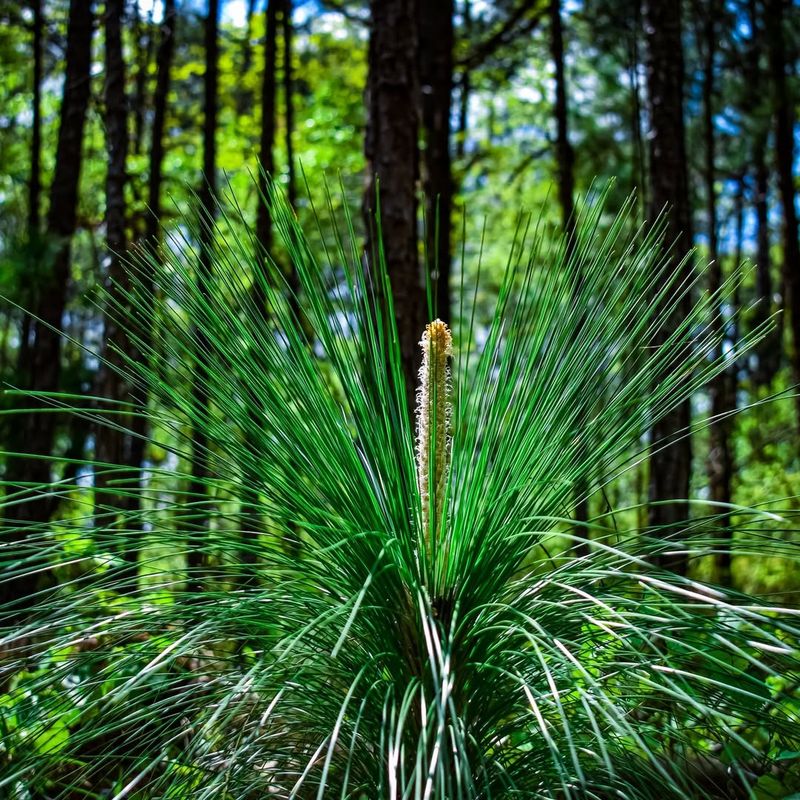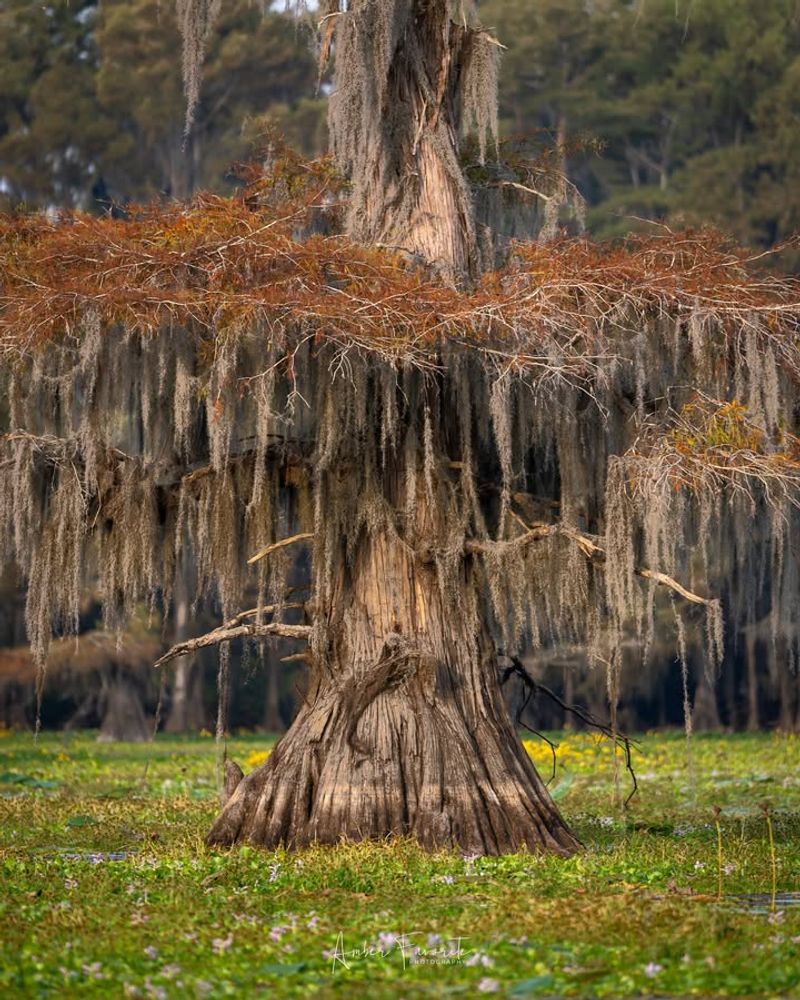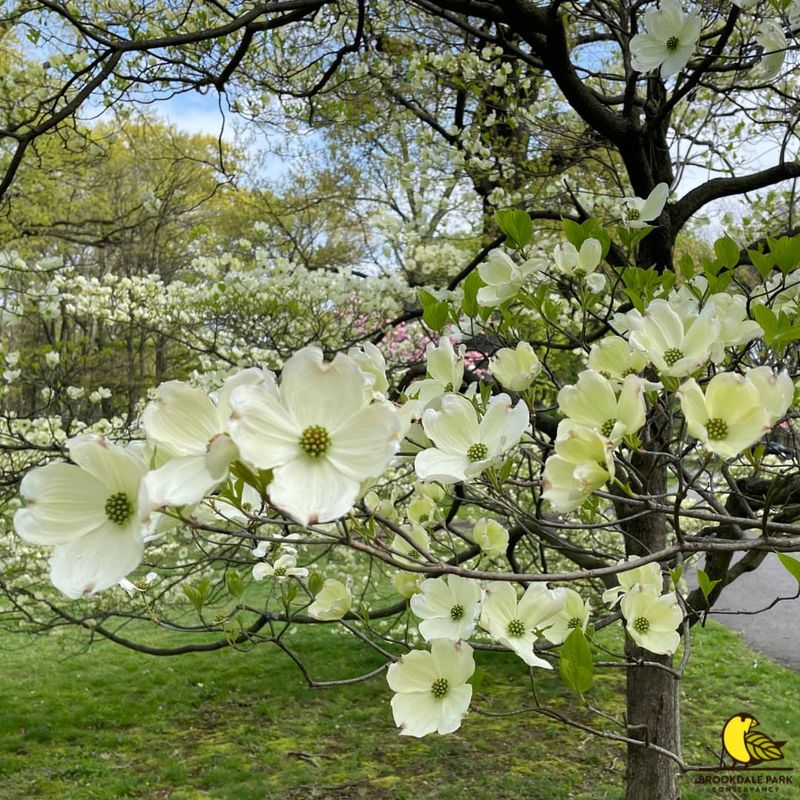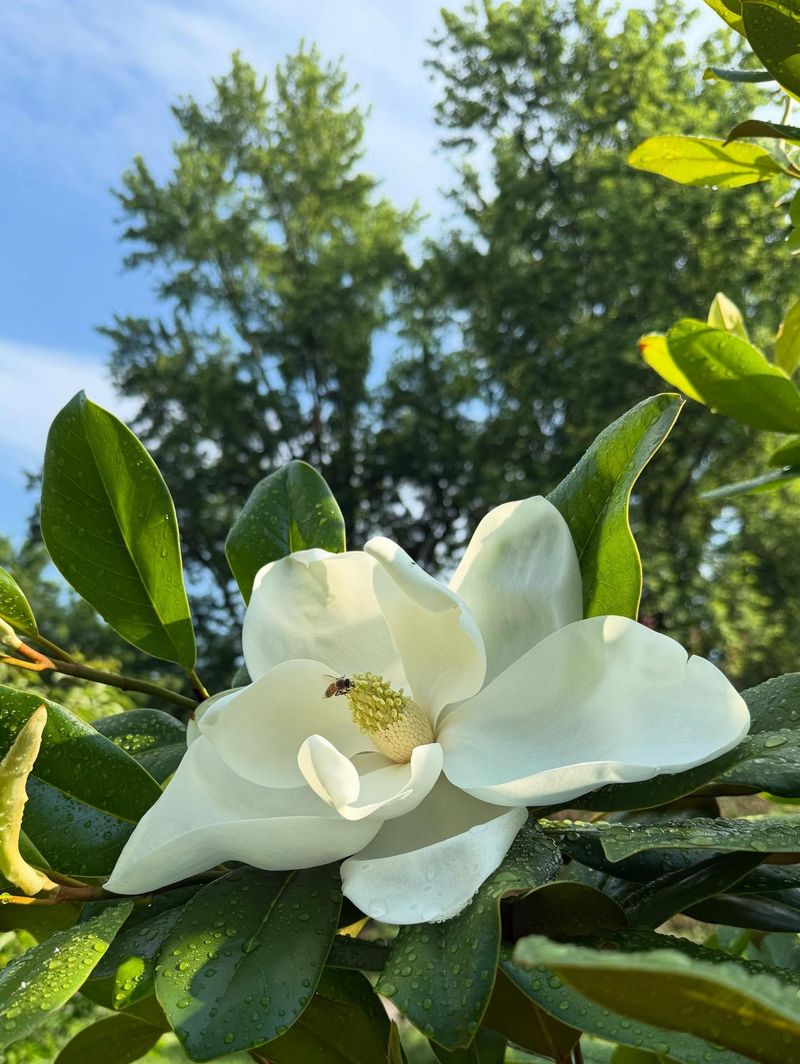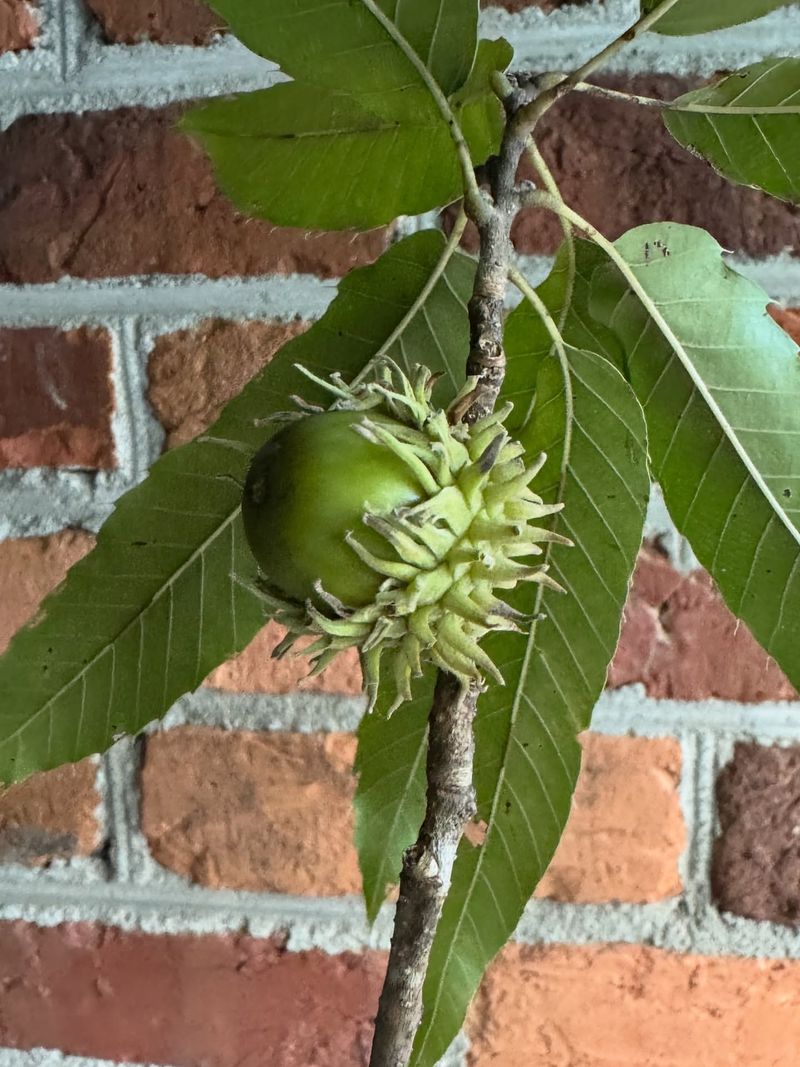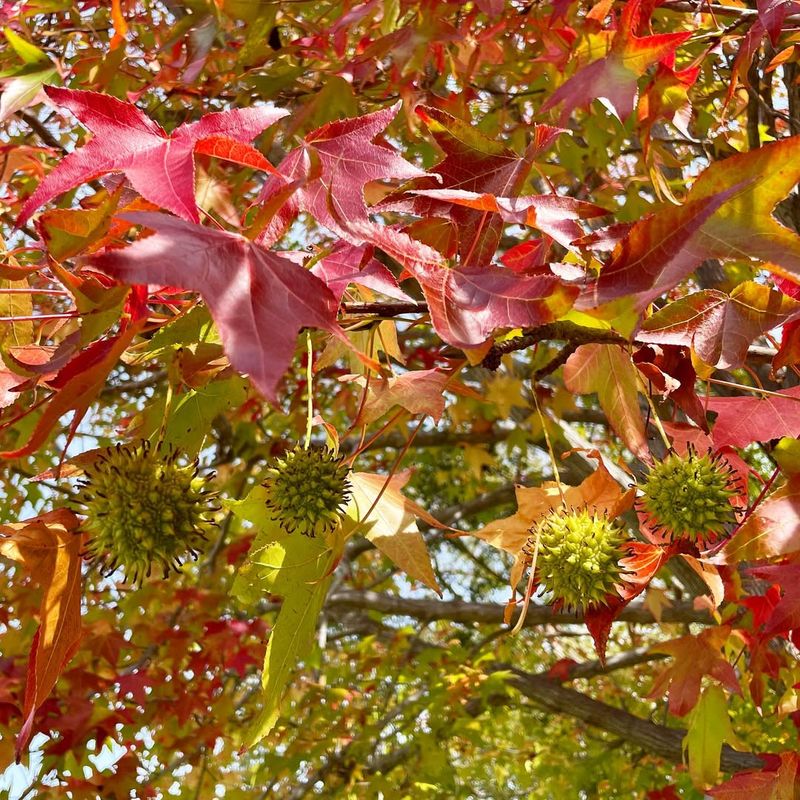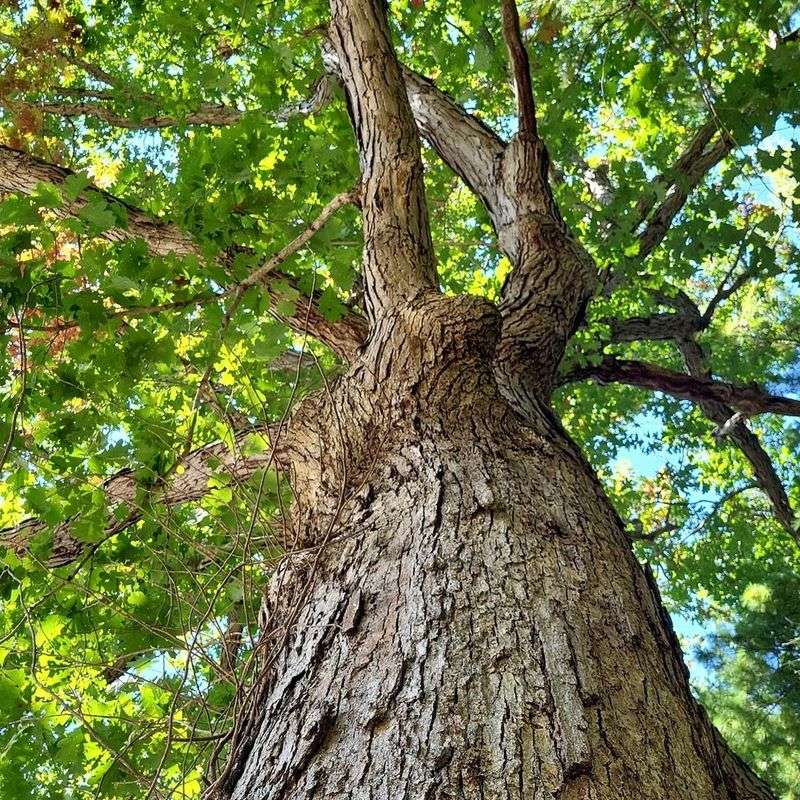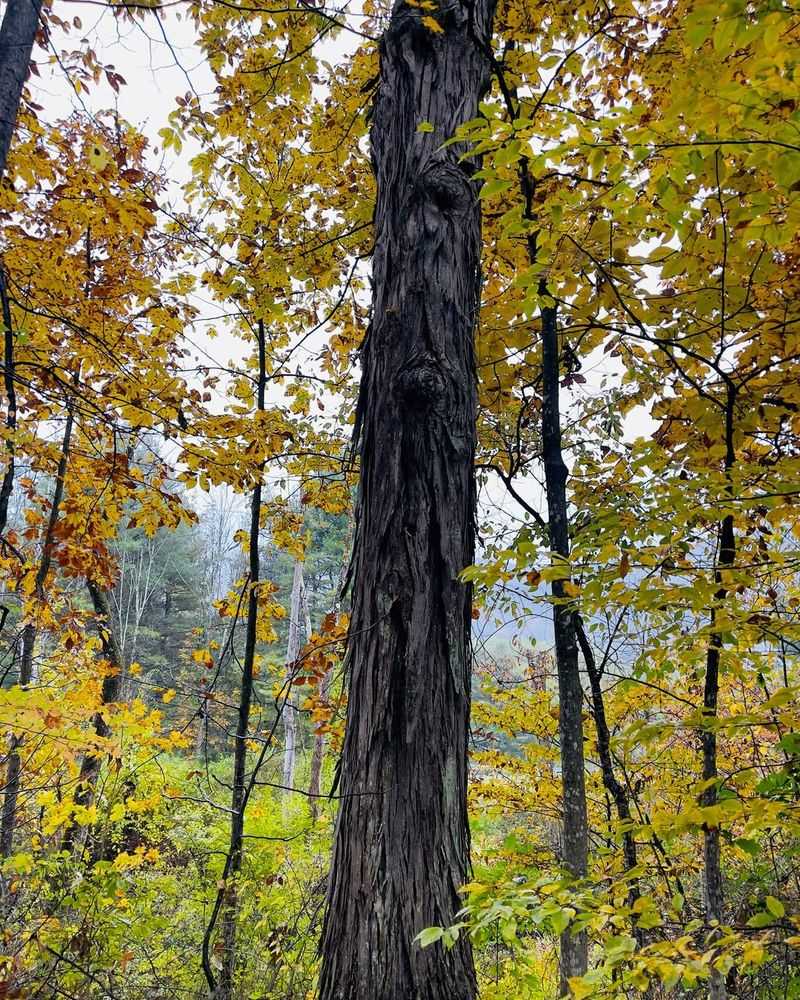Georgia’s landscape is defined by its trees—stately live oaks, towering pines, and centuries-old hardwoods that tell the story of the South. But a few of those natural icons are so important, they’re protected by state and local ordinances.
Removing one without the proper approval can lead to fines or even legal trouble. Before you make the first cut, it’s worth knowing which trees are legally untouchable.
1. American Chestnut
Once dominating Appalachian forests, the American Chestnut nearly vanished due to a devastating blight. Now, every remaining specimen is precious to conservation efforts.
Georgia law protects these rare survivors because scientists use them for breeding programs. Property owners must obtain special permits before removing one, even if it’s diseased or dangerous.
Fines can reach thousands of dollars for unauthorized removal. The tree features long, toothed leaves and produces spiny burrs containing edible nuts that wildlife depends on for food.
2. Live Oak
With branches stretching wider than the tree stands tall, Live Oaks define Georgia’s coastal landscape. Many historic specimens are over 300 years old and protected under local tree ordinances.
Removing a Live Oak in designated historic districts requires city council approval and arborist certification. Violators face fines starting at $1,000 per tree, plus mandatory replacement costs.
Their evergreen leaves and massive trunks make them irreplaceable community landmarks. Savannah’s famous squares showcase some of the state’s most protected Live Oak specimens.
3. Longleaf Pine
Fire-resistant and incredibly long-lived, Longleaf Pines once covered 90 million acres across the Southeast. Today, less than 3% of those forests remain, making each tree valuable.
Georgia’s forestry regulations protect Longleaf stands on both public and private lands. Cutting them without a timber harvest plan can result in $500 to $5,000 fines per violation.
Their needles grow up to 18 inches long, creating a distinctive appearance. Wildlife like the endangered red-cockaded woodpecker depends entirely on mature Longleaf Pine forests for survival.
4. Bald Cypress
Standing sentinel in Georgia’s swamps and wetlands, Bald Cypress trees can live over 1,000 years. Their unique root structures, called knees, help them breathe in waterlogged soil.
Wetland protection laws make removing these trees extremely difficult without environmental permits. Unauthorized cutting triggers both state and federal penalties, sometimes exceeding $10,000.
Despite the name, they’re actually deciduous conifers that turn copper-colored in fall. Their wood resists rot naturally, making them historically valuable but now carefully regulated to preserve wetland ecosystems.
5. Flowering Dogwood
Georgia’s official state tree since 1937, the Flowering Dogwood holds special cultural significance. Spring brings clouds of white or pink blooms that mark the season’s arrival.
While not universally protected statewide, many counties have specific ordinances safeguarding mature specimens. Removing Dogwoods from public property or protected zones without authorization can cost $250 to $2,000.
Their layered branches create beautiful silhouettes year-round. Birds feast on the bright red berries in fall, making them ecologically important beyond their ornamental value and cultural symbolism.
6. Southern Magnolia
Enormous white blooms and glossy evergreen leaves make Southern Magnolias iconic throughout Georgia. Some historic specimens have stood for over 200 years, becoming protected landmarks.
Cities like Atlanta and Augusta maintain heritage tree registries that heavily fine unauthorized removal. Penalties range from $1,500 to $10,000, depending on the tree’s age and historical significance.
Their lemon-scented flowers can measure 12 inches across. Property owners often discover protection status only after planning removal, so checking local ordinances before cutting prevents costly mistakes and legal headaches.
7. Sawtooth Oak
Originally from Asia, Sawtooth Oaks were planted across Georgia for wildlife management. Their prolific acorn production feeds deer, turkey, and other game animals better than most native species.
Wildlife management areas protect these trees under conservation easements. Landowners participating in Georgia’s conservation programs face penalties of $500 to $3,000 for removing them without approval.
Leaves have sharp, saw-like edges that give the tree its name. They mature quickly, producing acorns within five years, making them valuable for habitat restoration projects throughout the state.
8. Sweetgum
Star-shaped leaves and spiky seed balls make Sweetgums easy to identify. Their brilliant fall colors paint Georgia neighborhoods in reds, purples, and yellows each autumn.
Urban forestry ordinances in many Georgia cities protect Sweetgums over certain sizes. Removing protected specimens without permits costs $300 to $1,500, plus required replacement plantings.
Though some homeowners dislike the prickly seed balls, these trees provide crucial habitat. Their hollow trunks offer nesting sites for cavity-dwelling birds and small mammals throughout Georgia’s forests and suburbs.
9. White Oak
Strength and longevity define White Oaks, which can live 300 years or more. Their rounded leaf lobes distinguish them from other oak species throughout Georgia’s hardwood forests.
State forestry best management practices protect White Oaks on managed timberlands. Cutting them during restricted seasons or without proper documentation brings fines from $400 to $4,000.
Their acorns have the lowest tannin content of any oak, making them preferred food for wildlife. Barrel makers prize White Oak wood for its tight grain, but conservation regulations now limit harvest of old-growth specimens.
10. Hickory (Various Species)
Georgia’s native hickories produce nutritious nuts that sustained both Native Americans and early settlers. Shagbark, Pignut, and Mockernut varieties all grow throughout the state.
Protected under timber harvest regulations and conservation easements, unauthorized hickory removal can cost $350 to $2,500. Their extremely hard wood makes them tempting targets, increasing enforcement.
Compound leaves with five to seven leaflets help identify these valuable trees. Squirrels, deer, and wild turkeys depend on hickory nuts for winter survival, making them ecologically essential across Georgia’s forests and protected lands.

